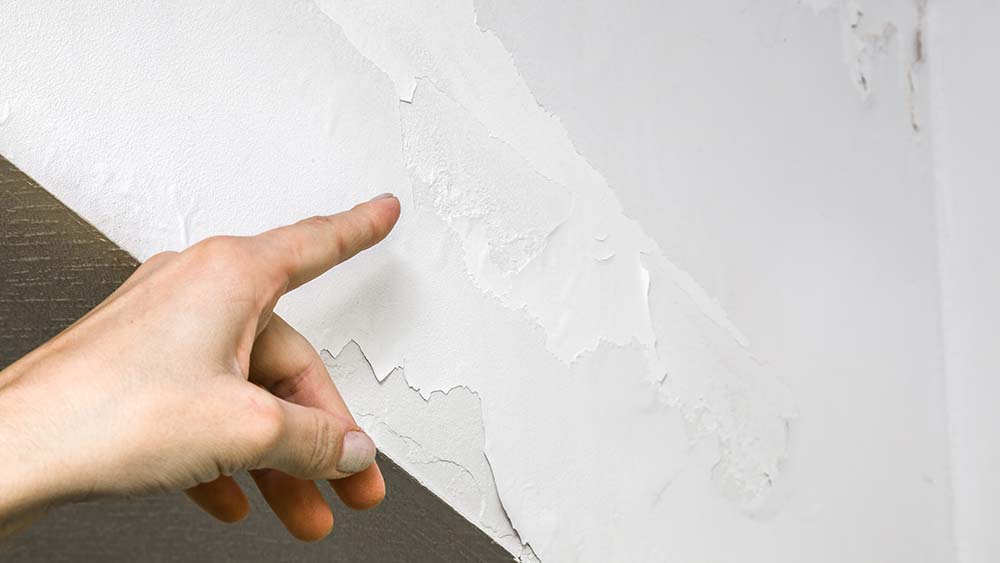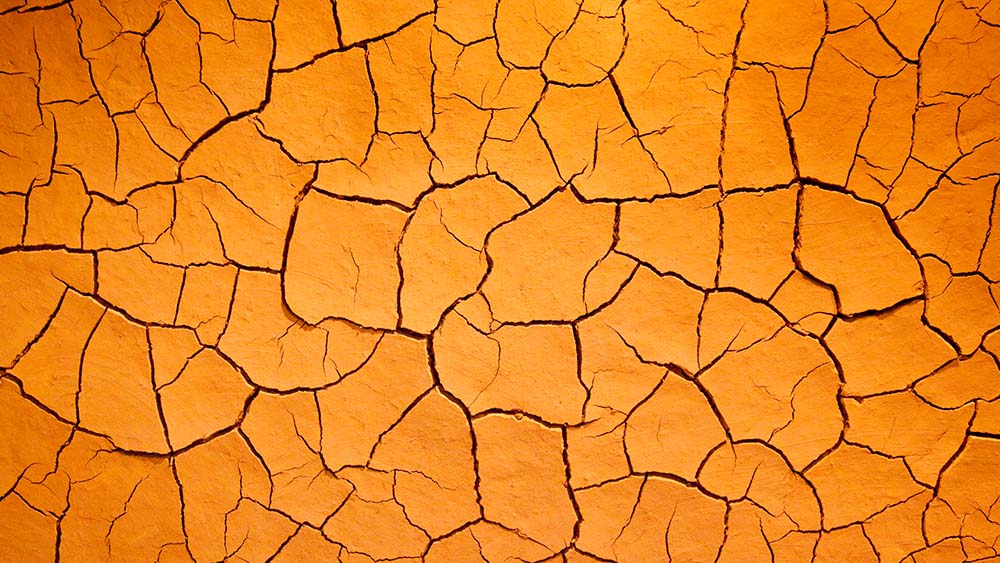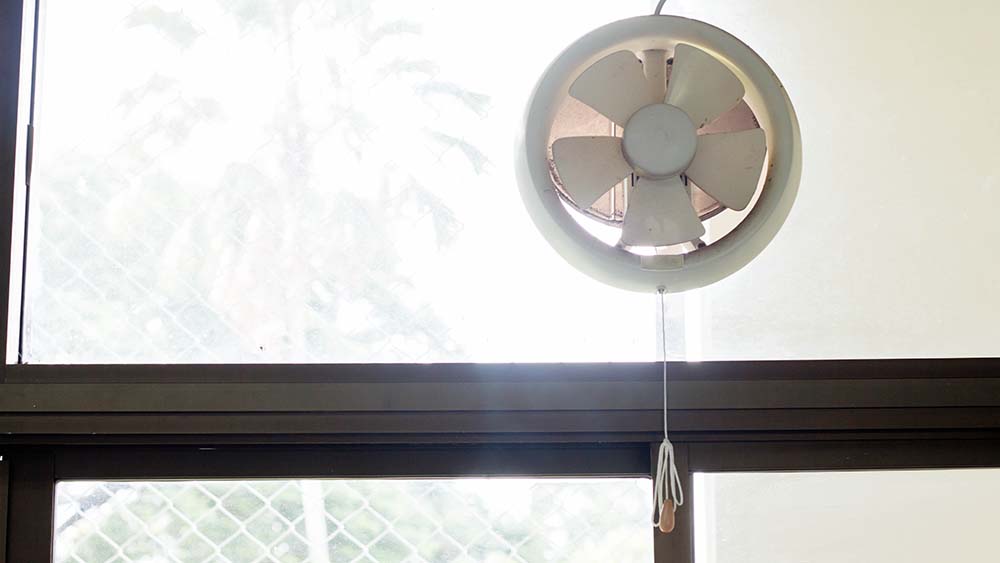
Key Takeaways
- The ideal home humidity levels are between 30%-50%.
- Both high and low humidity can lead to discomfort, respiratory issues, and damage to furniture pieces.
- Maintaining ideal humidity levels helps to reduce allergy symptoms and promote better air quality.
What are the ideal humidity levels? This question has often been asked by homeowners all across the country, and there is no perfect answer to this. But before we try and attempt to answer this question, let us first get to know about humidity and its effects on our comfort level.
Home humidity levels have long been known to have a great impact on home comfort, regardless of the climate and location. Moreover, humidity levels can not only affect your comfort and sleep but also affect your home maintenance. This is why managing home humidity levels should be a priority of every homeowner and they must be taken care of just as we take care of our home temperature levels.
Most air conditioners do not provide controls for humidity levels, instead relying only on temperature. If you want to control your environment only through humidity levels, check out smart AC controllers, which enable you to set up a humidity level that you want to achieve.
Before we delve deeper into humidity levels and how they affect us, let us first understand what humidity actually is.
What is Relative Humidity?

As the temperatures go up or down, the capacity of air to hold water changes. Air, at a higher temperature, has the ability to hold more water, while low-temperature air holds less amount of water. This is why you can often see dew all outside in the winter mornings and nights. This is because the air has cooled down enough so that it can hold no more water, and the excess is then released.
The temperature at which air cannot hold any more water is called the dew point. At temperatures below the dew point, air cannot hold any more water.
Thus, relative humidity is the amount of water vapors present in the air “as a percentage of the total amount required for saturation at the same temperature.”
What Is the Ideal Home Humidity Level?

You must be wondering by now what the humidity should be in a home environment. The ideal home humidity range is around 30-50%, but the exact amount of humidity depends heavily on the seasons. During the summers, a humidity of between 30-45% should be ideal, while a relative humidity of below 40% can suffice in winters. Greater humidity levels in winters can lead to condensation issues.
Your best choice to make any mini-split, window,
or portable AC smart. Enhance your comfort and savings.

Optimum home humidity levels also depend on the amount of activity you perform, home design, and personal preference.
As a general rule, ASHRAE has outlined the following humidity levels for a normal home:
- Comfortable: 30% – 60%
- Recommended: 45% – 55%
- High: 65% – 80%
The comfortable home humidity range is somewhere between 30% and 60%. Because any percentage below 30 would be too dry and anything above 60 is too humid. One thing recommended is never to exceed the mark of 50 because it may enable bacteria growth.
There can never be a single number that could be given for comfortable humidity because it is subjective to your individual needs and depends on various other factors, including weather, season, geographical location, and even the clothes you’re wearing.
What Effect Does Humidity Have on Me?

The primary effect of humidity is to keep you cool in summers and warm in winters. High humidity levels in the summer can lead you to sweat profusely and feeling swampy even while sitting and doing nothing. Improper humidity levels can not only result in discomfort but also lead to a higher risk of protracting illnesses and diseases. This is why it is imperative to maintain ideal home humidity levels.
Benefits of Perfect Humidity Levels on Health
Let’s look at some of the positive effects of maintaining the ideal home humidity levels on the human body:
- Clear sinuses, which lead to better breathing.
- Less risk of infections. Moist air greatly reduces the ability of bacteria and viruses to remain airborne and transmit disease.
- Prevent skin from becoming dry and flaky.
- Appropriate humidity levels can lead to moisturization of the respiratory systems, which results in the nasal passages becoming relaxed. This can lead to a reduction in the volume of snoring or even total elimination.
- Better sleep quality can be achieved by the elimination of dry throat.
- Sore throats can be avoided by maintaining suitable humidity levels.
- Breathing clean air with balanced humidity levels helps inhale oxygen and passage it much more comfortably through our blood vessels, hence reducing fatigue.
- In an appropriately humid atmosphere, your body remains sufficiently hydrated.
But this is not all. Proper humidity levels can help you to keep your home in top shape as well. Paintings and pictures often need the correct humidity levels to prevent them from getting damaged or swollen. In the case of damaged electric wires and cables, high humidity levels can result in arcing and short circuits. Wooden furniture also has a chance of getting warped and damaged due to fewer humidity levels.
Drawbacks of High Humidity Levels

High humidity levels mean that there is too much moisture in your home. Not only does this lead to personal discomfort, but damage to your home as well.
Excessive moisture results in an environment perfect for the growth and spread of mold, mildew, and fungi. These pollutants and contaminants result in the spread of illnesses and diseases throughout the household. The result is lower indoor quality for your family or office environment and greater spending on medical care.
If members in your household have pre-existing asthma or allergy conditions, the problem can be amplified with high humidity levels.
The most noticeable effect though of high humidity is a constant feeling of sogginess and swampy feeling. There can often be condensation on walls, furniture, and windows. You may start to feel lethargic and lazy, and not want to get up and do anything. Profuse sweating is also another side effect. You may be tempted to turn on the air conditioning to resolve the issue, resulting in increased energy bills.
Drawbacks of Low Humidity Levels

Just as an excess of humidity is bad, low humidity levels can be equally damaging.
High humidity levels can make breeding grounds for mold and fungi, low humidity levels can make conducive environments for bacteria and viruses. Studies have shown that low humidity can affect the propagation of viruses through the air. Other effects can be chapped lips, dry skin, and rashes.
Another effect of dry air is that you feel colder than you are. This is because dry air pulls moisture from your skin. This leaves us feeling colder than we are, and are forced to turn up the heating. As expected, this results in higher energy bills, which could have been easily avoided if humidity levels were controlled.
In the case of wooden furniture and wooden door frames etc., care has to be taken with humidity. Dry air can damage wood at a much faster rate than humid air, and results in cracks and splintering of wooden items.
How to Control Humidity?
There are several appliances and tools available to either increase or decrease humidity levels. Let us go over some of the major ones.
Humidifier/Dehumidifier

The best method for keeping ideal home humidity within your household is by using humidifiers/dehumidifiers. Occasionally, these systems are packaged along with air conditioning appliances, but for greater effect are sold as separate appliances.
Air Conditioners

If the only concern is the removal of moisture, then the best humidity for homes can be achieved by an air conditioner. For most scenarios, an AC does the job, but if large amounts of moisture are to be removed, a de-humidifier will have to be used.
Exhaust Fans

Perhaps the most cost-efficient way to control humidity, exhaust fans circulate air throughout the indoor space. This constant recycling of air prevents humidity buildup in the room due to humidity sources such as hot showers, cooking, and other such activities.
Smart Controllers

Mini-split thermostats or smart AC controllers are now being introduced in the market which can automatically monitor and maintain humidity levels without the need for constant intervention. These controllers can then be controlled through mobile apps or paired up with other smart home devices.
Vapor Barriers

In most older homes, especially in suburban areas, the foundations are of dirt and clay, without any non-penetrable layer on top. Soil can have a moisture content as high as 100 percent in some cases. The exact amount varies on geography, weather, soil content, and also the elevation of the house. If there is sufficiently high moisture content in the soil, the moisture can seep up into the basement and then the whole home and contribute to the humidity levels. This can present a major problem as the foundation structure of the house can be put at risk. The solution to this problem is to install a plastic covering often called a vapor barrier. These thick plastic sheets form a solid barrier preventing the seepage of moisture into the home. Cover the sheet with dry sand or gravel for additional strength.
Modern homes do not need to worry about this since they already have concrete foundations which form an effective barrier.
Get Ready to Achieve the Perfect Humidity in Your Home

Humidity can have a marked effect on your comfort and health. A better understanding of what humidity means and how it affects your environment leads you to make better and smarter choices while catering to this problem.
Along-with comfort, keeping perfect humidity levels can lead to lower energy bills, through decreased usage of air conditioners and keeping your thermostats a few degrees higher than usual.
That’s all for today. Now is the time to manage the humidity levels at your homes in a better and more effective way.









2 Comments. Leave new
I have actually been seeking this all this time around. Happy I have discovered it here.
Thank you a lot!
The best way to remove humidity from a house is to change the building code and that allow plastic to be placed in the ceiling prior to sheetrock this subsequently traps moisture within the house without having plastic on the ceiling and the exhaust fan on the roof which will control the heat in the summer you will also control the moisture in the winter by drawing the moisture through the sheetrock through the insulation then out through the roof I know for a fact this works well but unfortunately with the building codes in the plastic in the ceiling this method will not work I have a high moisture house 60 70% pretty much constantly and I cannot get rid of it whole house dehumidifier I believe it was a 95 pint would only bring my humidity down to 50% in the winter ideally I would need 30 or less I have excessive moisture on my windows